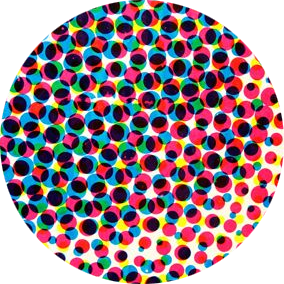Gender Conflicts and Complications in “For the Man Who Has Everything…”

Through stories about powerful/objectified women & homosocial/homoerotic men, superhero comics both reify heteropatriarchal tropes & resist them. “For the Man Who Has Everything…” self-consciously exploits the genre’s simultaneously regressive & deviant gender politics. 1/10

The story opens with a glimpse of what’s later revealed as Kal-El’s fondest desire: married life on Krypton with a stay-at-home wife who greets him at the door after his workday, wearing the Kyptonian version of a 1950s housedress while surrounded by their children. 2/10

This is an oddly traditional fantasy for a man who’s spent most of his comics life entangled, in some capacity, with Lois Lane. While Lois’ character has fluctuated a great deal over the years, commitment to her identity as a career woman has been remarkably consistent. 3/10



On the other hand, in a storyworld where virtually every character has a closet or cave to hide an alternate identity that justifies their resistance to heteronormativity, the traditional domesticity of #Superman and Batman’s fantasies can be read as a conservative choice. 6/10

However, Moore and Gibbons’ story resists heteronormativity in other ways. In the “real world” setting, Wonder Woman takes the lead physically battling Mongul while Batman works the emotional angle, stroking Superman’s face as he encourages him to break the Mercy’s hold. 7/10

The Black Mercy-inspired fantasies, and the purveyor of those fantasies, the villain Mongul, are also clearly portrayed as bad, and necessarily escaped from and subdued. Mongul is also specifically misogynistic, taunting Wonder Woman with gendered insults. 8/10


